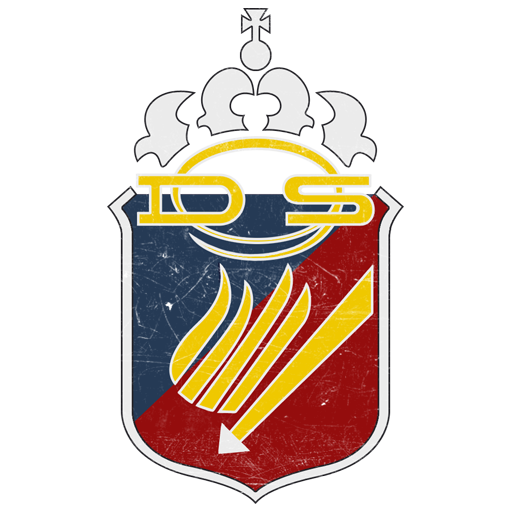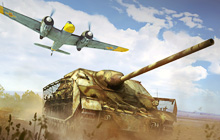
- For PC
- For MAC
- For Linux
- OS: Windows 7 SP1/8/10 (64 bit)
- Processor: Dual-Core 2.2 GHz
- Memory: 4GB
- Video Card: DirectX 10.1 level video card: AMD Radeon 77XX / NVIDIA GeForce GTX 660. The minimum supported resolution for the game is 720p.
- Network: Broadband Internet connection
- Hard Drive: 17 GB
- OS: Windows 10/11 (64 bit)
- Processor: Intel Core i5 or Ryzen 5 3600 and better
- Memory: 16 GB and more
- Video Card: DirectX 11 level video card or higher and drivers: Nvidia GeForce 1060 and higher, Radeon RX 570 and higher
- Network: Broadband Internet connection
- Hard Drive: 95 GB
- OS: Mac OS Big Sur 11.0 or newer
- Processor: Core i5, minimum 2.2GHz (Intel Xeon is not supported)
- Memory: 6 GB
- Video Card: Intel Iris Pro 5200 (Mac), or analog from AMD/Nvidia for Mac. Minimum supported resolution for the game is 720p with Metal support.
- Network: Broadband Internet connection
- Hard Drive: 17 GB
- OS: Mac OS Big Sur 11.0 or newer
- Processor: Core i7 (Intel Xeon is not supported)
- Memory: 8 GB
- Video Card: Radeon Vega II or higher with Metal support.
- Network: Broadband Internet connection
- Hard Drive: 95 GB
- OS: Most modern 64bit Linux distributions
- Processor: Dual-Core 2.4 GHz
- Memory: 4 GB
- Video Card: NVIDIA 660 with latest proprietary drivers (not older than 6 months) / similar AMD with latest proprietary drivers (not older than 6 months; the minimum supported resolution for the game is 720p) with Vulkan support.
- Network: Broadband Internet connection
- Hard Drive: 17 GB
- OS: Ubuntu 20.04 64bit
- Processor: Intel Core i7
- Memory: 16 GB
- Video Card: NVIDIA 1060 with latest proprietary drivers (not older than 6 months) / similar AMD (Radeon RX 570) with latest proprietary drivers (not older than 6 months) with Vulkan support.
- Network: Broadband Internet connection
- Hard Drive: 95 GB
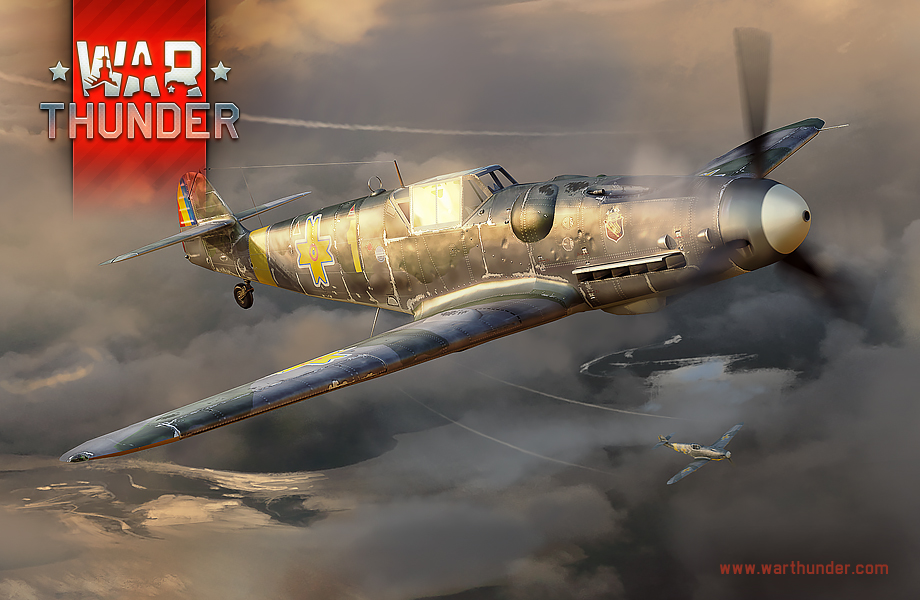
1280x1024 | 1920x1080
Born on May 17th 1912 in Coloneşti, Olt county in eastern Romania, Alexandru Şerbănescu was the third of six children. His father, Alexandru, worked as a notary. A dedicated student, Şerbănescu marked himself out from his peers during education with his enthusiasm and positive attitude, and a love of sport. Upon finishing secondary education in Iasi, he enrolled at the ‘Nicolae Filipescu’ Military High School at the age of 15 before progressing on to the Prince Charles Infantry School in Sibiu four years later. In 1933, at the age of 21, Şerbănescu was commissioned as a 2nd Lieutenant and posted to the 3rd Battalion Mountain Troops at Brașov in central Romania.
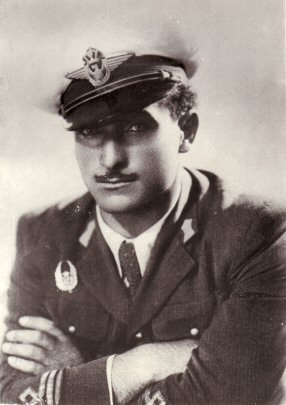 |
| Alexandru Șerbănescu |
Şerbănescu excelled as an infantry officer. Quickly demonstrating a natural ability for the core skills of leadership, marksmanship and physical endurance he also showed great aptitude for the more specialized skills required of a mountain platoon leader. However, as military aviation continued to expand within the Romanian military throughout the 1930s, Şerbănescu thirsted for a new challenge. In February 1939 he commenced observer training with the Romanian Air Force. Greatly enthused with aviation, Şerbănescu’s entire career trajectory was altered and he moved on to complete his required aviation technical and principles of flight courses in early 1940 before commencing pilot training.
Romania’s political situation during this period was complex, to say the least. The 1930s saw Romania allied to Britain and France but, after territorial disputes ended poorly for Romania, fascist elements within the country saw a rise in support, as did the popularity of Nazi Germany. By the time Şerbănescu had qualified as a pilot and been selected for fighters, Romania had all but severed its ties with Britain and France and was increasingly turning to Germany for support. As a result, Şerbănescu trained on a motley assortment of aircraft with Hurricanes from the previous ties between Romania and Britain, Bf109s supplied by Germany and Romania’s own excellent IAR 80 fighter. It was on the IAR 80 which he qualified as a fighter pilot in October 1940.
Whilst not one of the most experienced aviators within his Group, Şerbănescu’s seniority as an officer and his experience in the infantry were recognised and acknowledged and he was made second in command of his squadron when orders came through to deploy to the Russian front. The 7th Fighter Group were sent to Stalingrad to work alongside the experienced Luftwaffe units already in theatre, equipped with a mix of German supplied Bf109Es and IAR 80s. Şerbănescu shot down his first enemy aircraft on September 17th; seven days later he shot down a second Soviet aircraft, probably a Po-2.
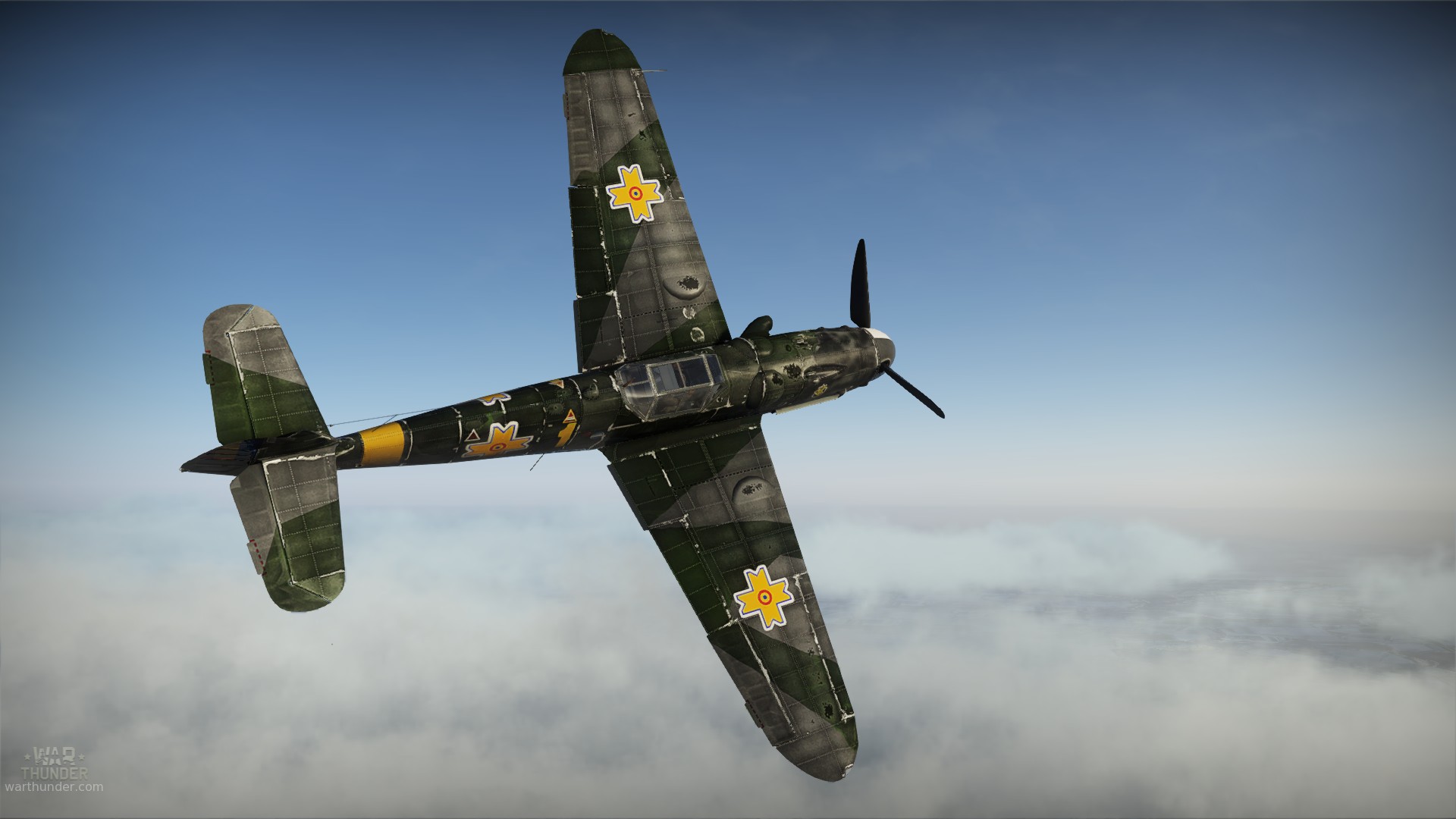
Bf.109G-6, Cpt. Alexandru Serbanescu, Grupul 9 Vanatoare in the Spring/Summer of 1944.
camouflage created by NoRemorses | Download here
The bitter fighting continued throughout the autumn of 1942, with all efforts to repel the Soviet advance across the region seemingly to no avail. On November 22nd, the 7th Fighter Group’s airfield at Karpovka was surrounded by Soviet forces and an evacuation was ordered. In the snow of the intense Russian winter, Şerbănescu’s mountain leader experience was pivotal; the ex-infantry officer took command of the airfield’s defenses during the evacuation. He augmented the two AA batteries at his disposal with the 20mm guns of his Bf109s by propping the fighter’s tails up on barrels to bring the static aircrafts’ weapons to bear. Under heavy fire, eleven Bf109s took to the skies with two or three people crammed into each tiny cockpit. Eight escaped the Soviet onslaught; three were shot down and destroyed as they tried to lift. Şerbănescu was amongst the survivors.
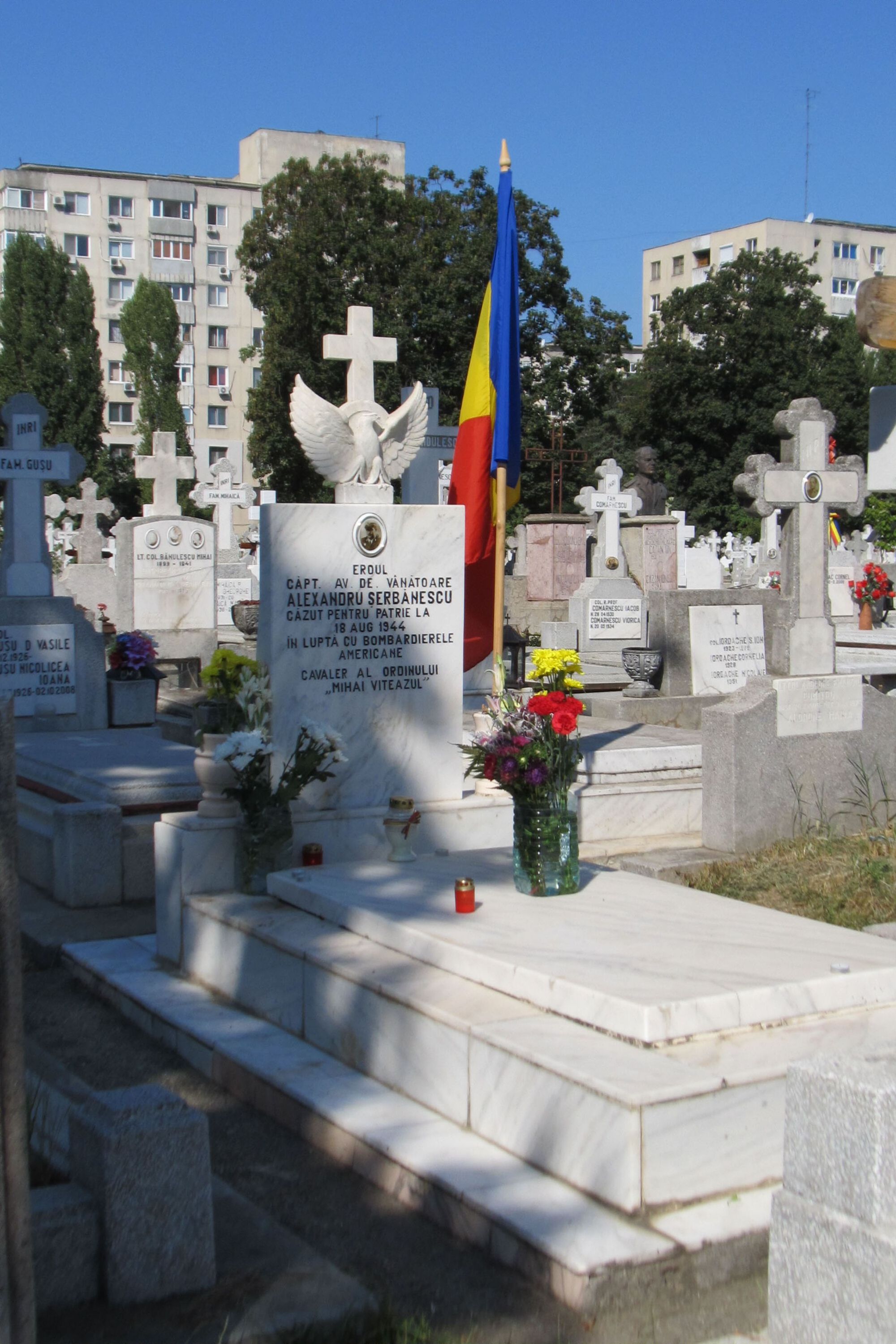 |
| Tomb of Alexandru Şerbănescu in Ghencea cemetery, Bucharest |
The 7th Fighter Group continued to fly operational sorties throughout January and February 1943, but by the end of February had only three serviceable fighters remaining. After an exceptionally hard fought winter, the Group was sent home to reequip and rearm. With six confirmed victories to his credit, Şerbănescu was promoted to Captain. After only a brief respite he returned to the Russian front in command of Squadron 57, equipped with Bf109Gs.
Fighting continued throughout spring, with No.57 Squadron achieved notable successes under Şerbănescu’s leadership. He was awarded the Order of the Aeronautical Virtue Golden Cross class by Marshall Antonescu – the ranking officer of the entire Romanian military - in June, in recognition of his skill and courage. Less than two weeks later he was awarded the German Iron Cross First Class in recognition of his 23 confirmed victories, making him the highest scoring Romanian fighter pilot.
The Group continued front line operations throughout summer; in August Şerbănescu’s 109 was hit and he was injured, leaving him with a permanent facial scar. By the end of the month he was decorated with the Order of Michael the Brave Third Class, along with several of his other most successful pilots. The next month a formation of Romanian Bf109s was bounced by Soviet fighters whilst attacking a group of Il-2s. Caught by surprise and at a height disadvantage, the Romanians suffered heavy casualties at the hands of the Soviet fighters. Şerbănescu himself was hit but refused to take to his parachute, nursing his damaged fighter back over friendly lines to carry out a forced landing at his airfield. A story is told of how in the next few days, Soviet newspapers claimed the complete destruction of the Romanian 7th Fighter Group; Şerbănescu flew to a Soviet airfield and dropped off a message, inviting them to come and fly over his own airfield where he promised his pilots would not attack, but stand back and give them the opportunity to look down and see how alive, well and still in the fight they all were.
The fighting continued throughout late 1943 and into the New Year, with no sign of a break for the Romanians. In February 1944 Şerbănescu was given command of the 13th Fighter Group, made up of Squadrons 47, 48 and 56. With the Romanian homeland now being ravaged by the bombs of the United States Army Air Force, Şerbănescu and his men were brought home to form part of the nation’s air defence. On June 11th 1944, Şerbănescu shot down his first American aircraft – a B-17 – which was his 45th kill. Regularly flying against the massed American bombing raids, he also managed to shoot down two P-51s over the next few weeks.
With a tidal wave of fascist opposition growing in Romania, the end was in site. Tragically, it would not quite be quick enough for Şerbănescu. On August 18th he was scrambled to lead twelve of his pilots against in incoming US raid. The Romanian Bf109s smashed into the ranks of the American escort fighters, breaking into individual dogfights against P-51s and P-38s. Two of Şerbănescu’s pilots saw an American fighter latch onto his tail but were unable to help him in time. His 109 keeled over and dived towards the ground. Şerbănescu was able to transmit on the radio but could not take to his parachute, possibily indicative of being mortally wounded. His final words were ‘my boys, I’m going down.’ Five days later a coup d’etat saw Romania join the allies.
Captain Alexandru Şerbănescu was a leader first and a fighter pilot second, securing the admiration and respect not only of his own men, but perhaps more demandingly that of the Luftwaffe command. He received his own nation’s highest awards for valour and was credited with 47 confirmed kills. Today, both a boulevard in Bucureşti and a Romanian Air Force base are named after him, and the anniversary of his death is commemorated by the air force every year.
About The Author
 |
Mark Barber, War Thunder Historical Consultant Mark Barber is a pilot in the British Royal Navy's Fleet Air Arm. His first book was published by Osprey Publishing in 2008; subsequently, he has written several more titles for Osprey and has also published articles for several magazines, including the UK's top selling aviation magazine 'FlyPast'. His main areas of interest are British Naval Aviation in the First and Second World Wars and RAF Fighter Command in the Second World War. He currently works with Gaijin Entertainment as a Historical Consultant, helping to run the Historical Section of the War Thunder forums and heading up the Ace of the Month series. |
In one of the following Updates, we will include Emblem from the Grupul 9 Vânãtoare to War Thunder:
Do you feel like experiencing the forces of Romania yourself? Fly the Romanian airforce Bf.109G-2 or Hs-129B-2, which can be found in their respective packs below:
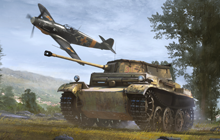 |
This Pack includes:
|
Price: 22.99 |
